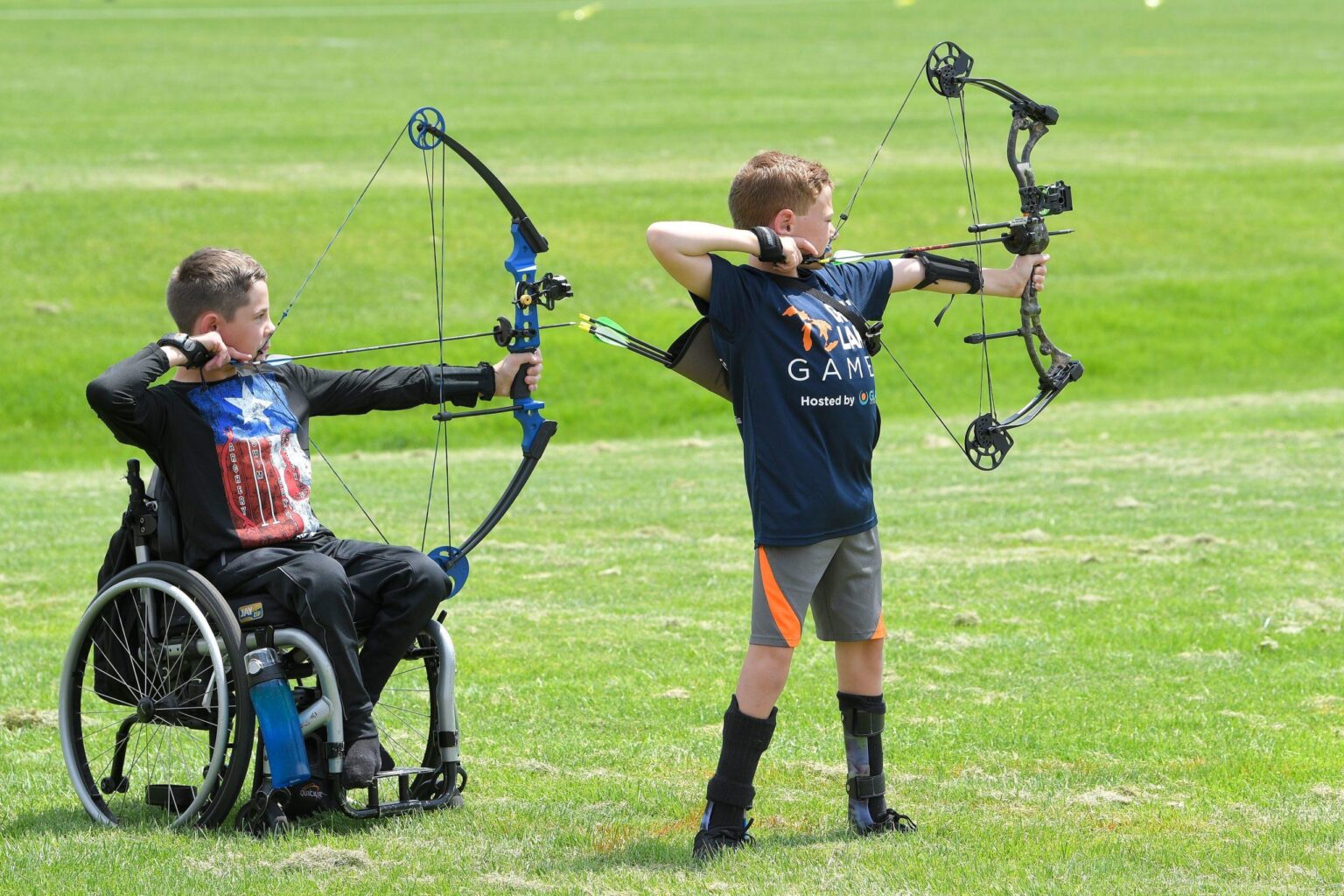Minnesota has emerged as a national leader in adapted sports for high school students, setting a benchmark for inclusion and athletic opportunity across the United States. Through innovative programs, dedicated educators, and strong community support, the state has expanded access to competitive sports for students with disabilities, fostering both physical fitness and social empowerment. This article explores the factors behind Minnesota’s pioneering role in adapted sports, highlighting the impact on students, schools, and the broader movement toward equitable athletic participation.
Minnesota’s Pioneering Programs Transform Adapted Sports Landscape in High Schools
Minnesota has set a new standard in adapted sports by introducing innovative programs across its high schools, aimed at ensuring inclusivity and competitive opportunities for students with disabilities. Through collaborative efforts involving school districts, local nonprofits, and state education agencies, the initiatives emphasize skill development, teamwork, and physical fitness tailored to diverse abilities. Key elements of these programs include specialized coaching certifications, adaptive equipment investments, and integrated competitions that foster both community engagement and athletic excellence.
Core components fueling success:
- Statewide training workshops for coaches on adaptive techniques
- Funding grants allocated specifically for adaptive sports equipment
- Inter-school leagues promoting regular competition and socialization
- Partnerships with organizations focused on disability advocacy
| Program Aspect | Impact Metric | 2018 | 2023 |
|---|---|---|---|
| Participating High Schools | Number | 12 | 56 |
| Student Athletes Served | Individuals | 450 | 2,150 |
| Certified Adaptive Coaches | Count | 30 | 120 |
Community Partnerships Drive Inclusive Athletic Opportunities Across the State
Across Minnesota, collaboration between local school districts, nonprofit organizations, and state agencies has been pivotal in expanding adapted sports programs for high school students. These partnerships have created a robust network that not only pools resources but also amplifies outreach efforts to ensure no athlete is left behind. Programs such as Unified Sports and wheelchair basketball have flourished thanks to shared funding, specialized coaching clinics, and adaptive equipment grants facilitated through these joint efforts.
Key Components of Successful Partnerships Include:
- Cross-sector coordination for athlete identification and recruitment
- Community awareness campaigns promoting inclusivity in sports
- Training and certification programs for adaptive sport coaches
- Investment in accessible facilities and transportation options
| Partner Type | Role | Impact |
|---|---|---|
| School Districts | Program implementation and student outreach | Increased year-over-year participation (15% growth) |
| Nonprofits | Funding and coaching support | Expanded selection of sports offered |
| State Agencies | Policy guidance and facility upgrades | Improved accessibility statewide |
Strategies for Expanding Adapted Sports: Lessons from Minnesota’s Success Story
The Way Forward
Minnesota’s rise as a national leader in adapted sports for high school students reflects a coordinated effort among educators, coaches, and community advocates dedicated to inclusivity and opportunity. As the state continues to invest in adaptive programs and facilities, it sets a benchmark for other regions seeking to expand access to competitive athletics for all students. Moving forward, Minnesota’s model serves not only as a testament to the power of collaboration but also as a reminder of the transformative impact sports can have in fostering confidence, camaraderie, and independence among young athletes with disabilities.

